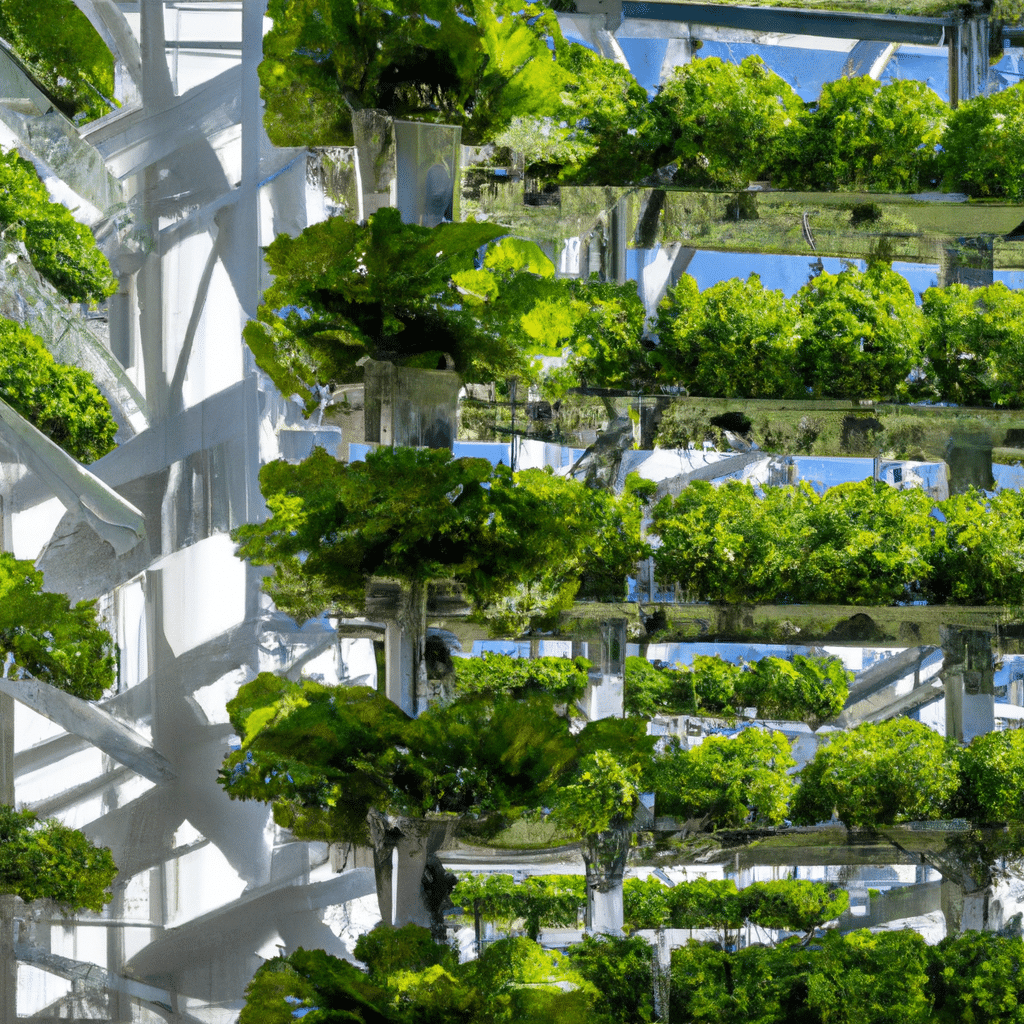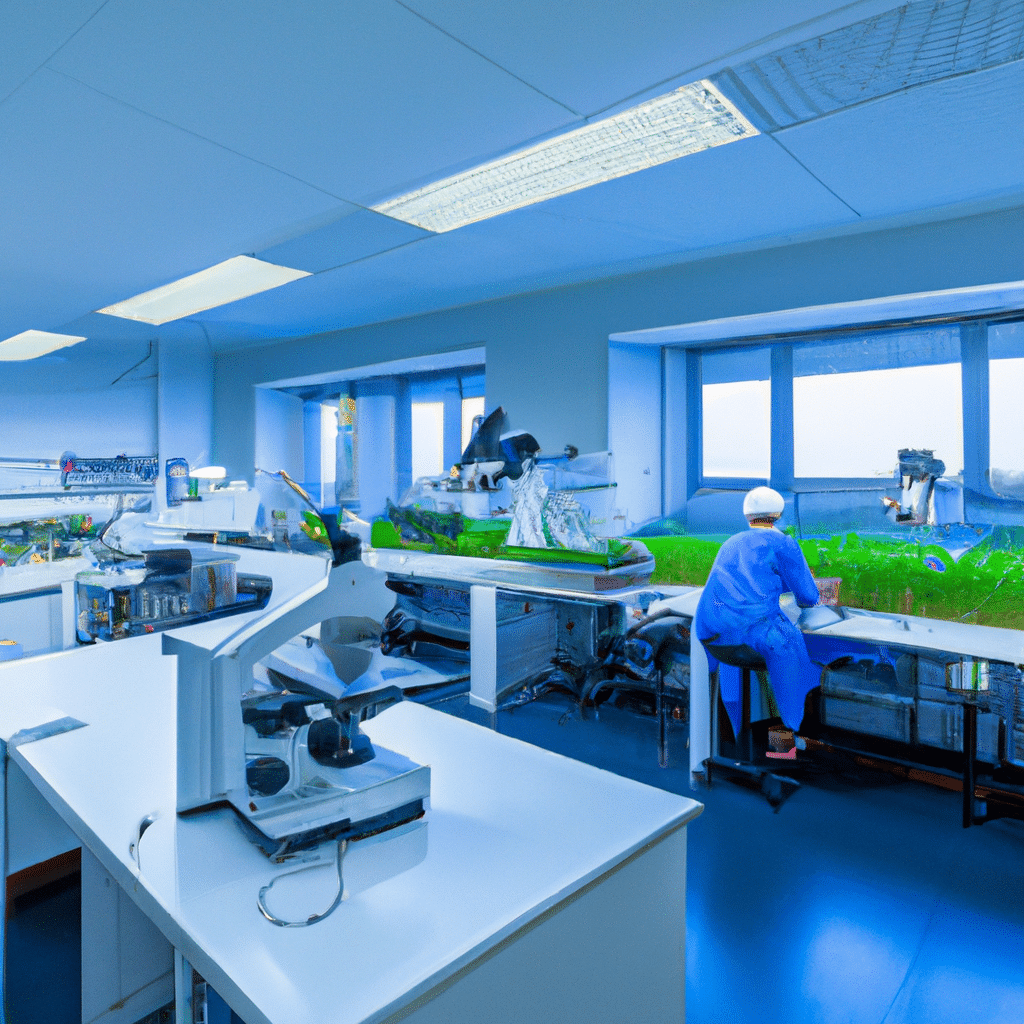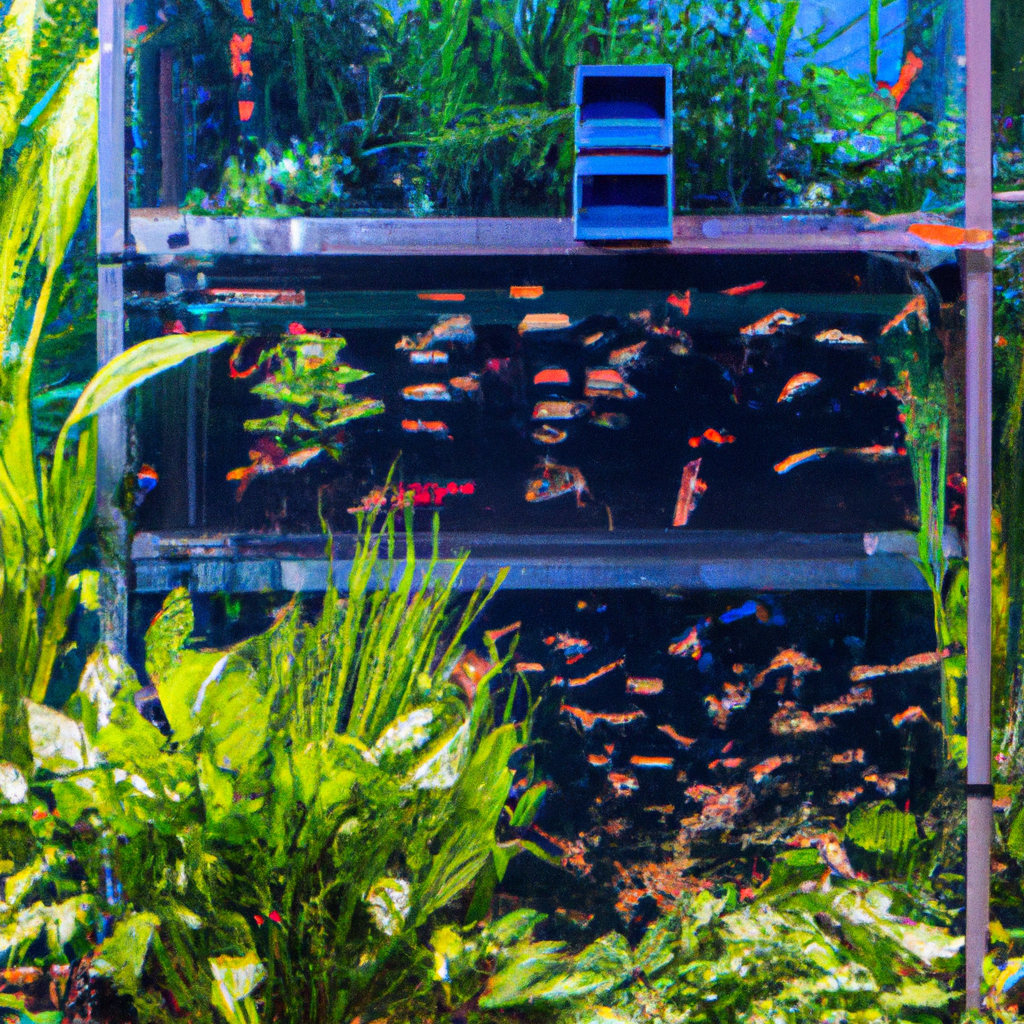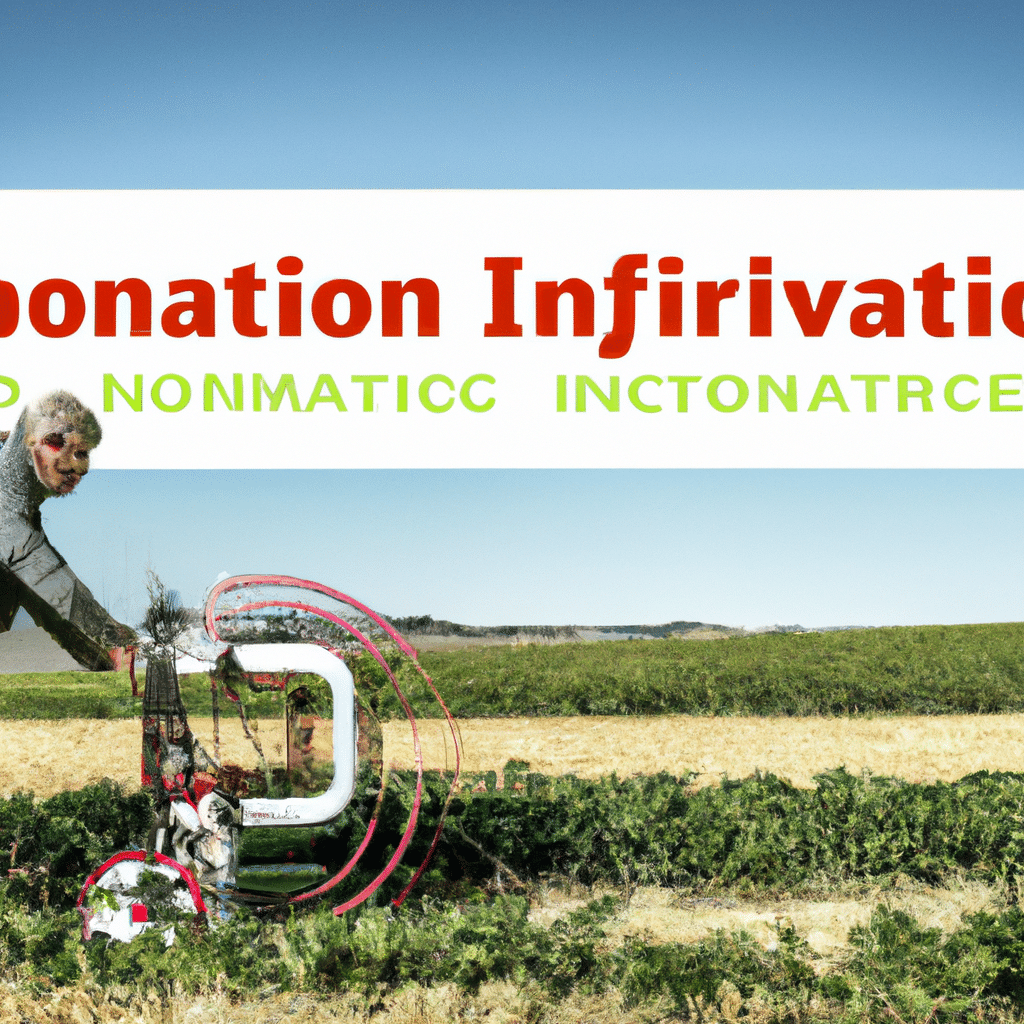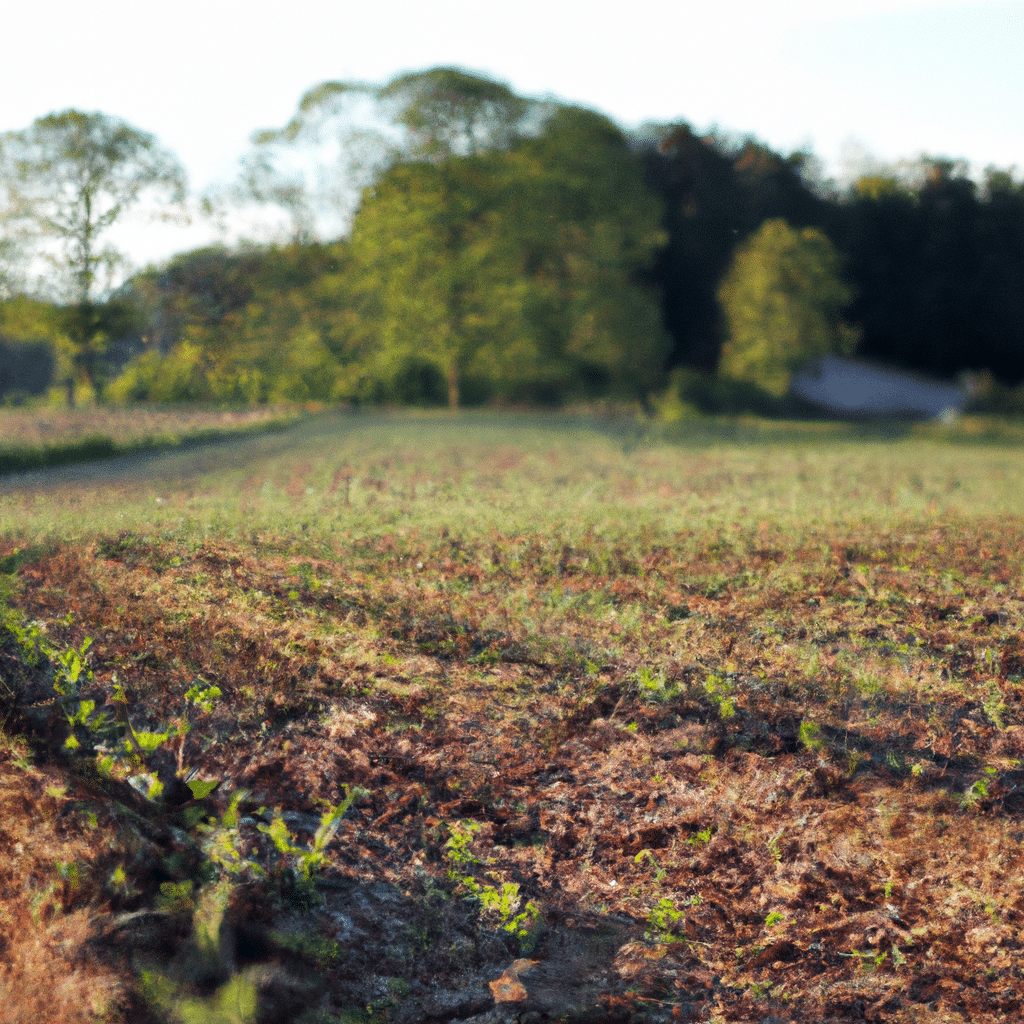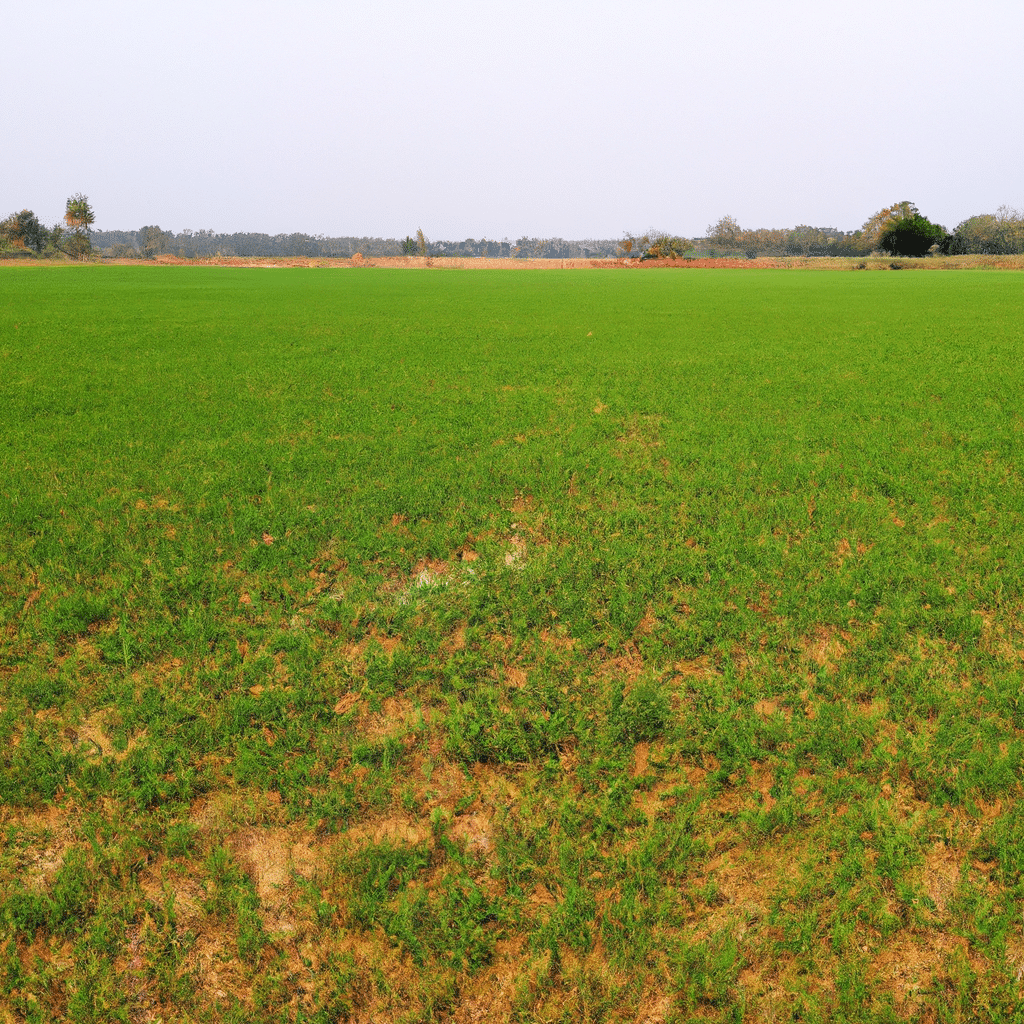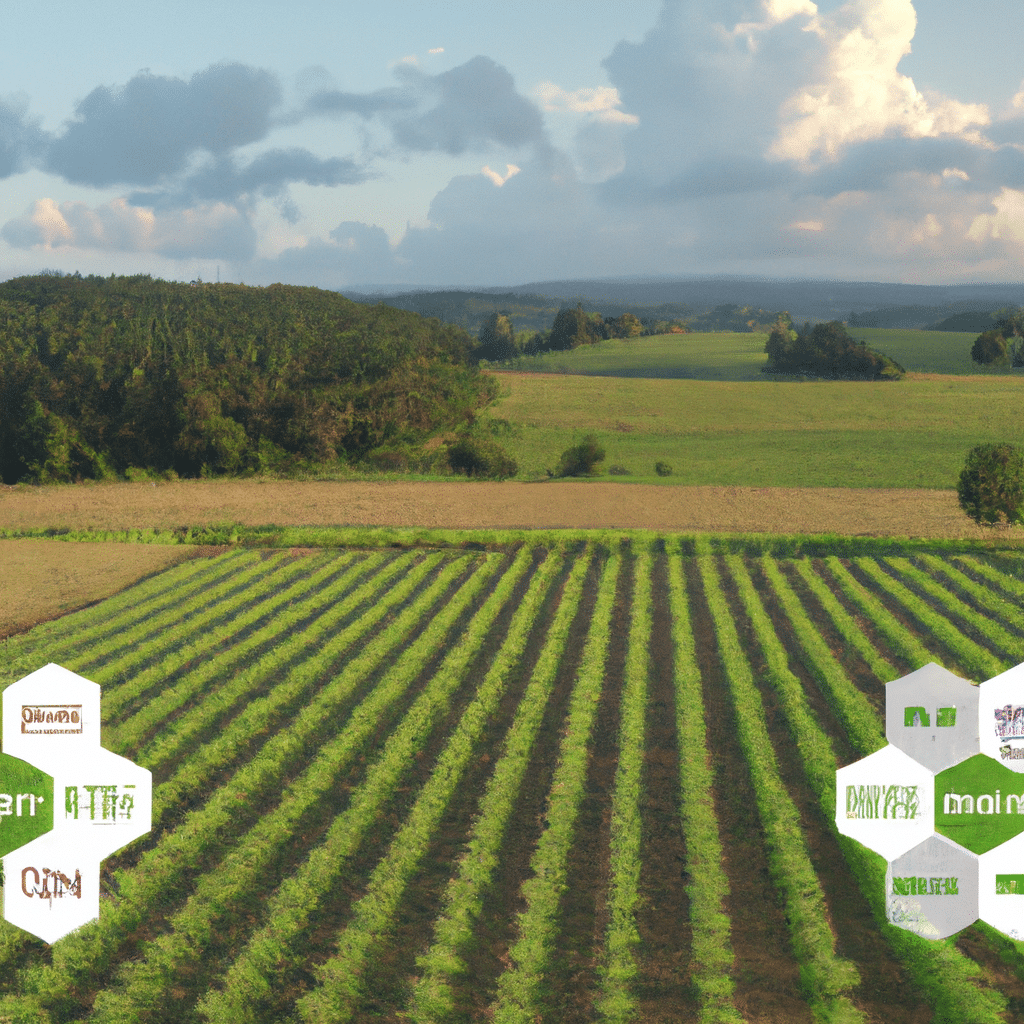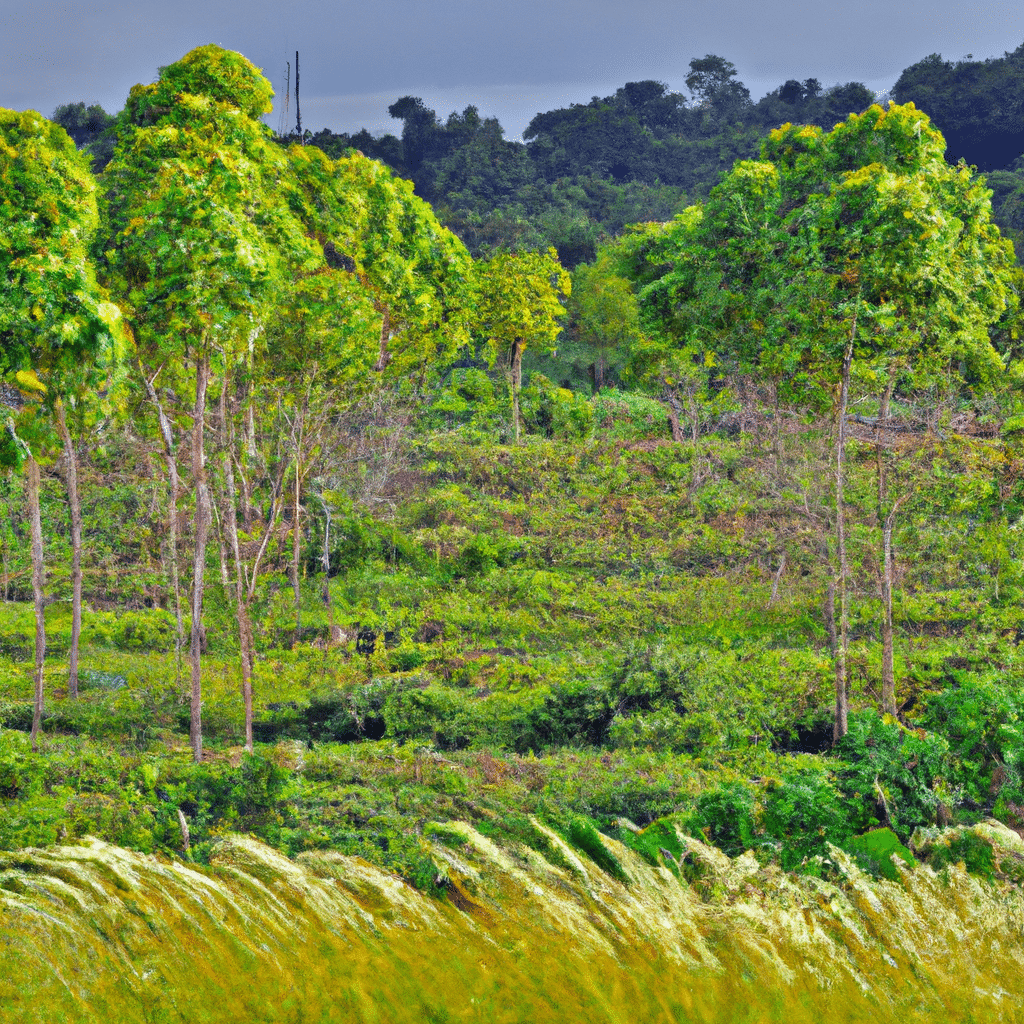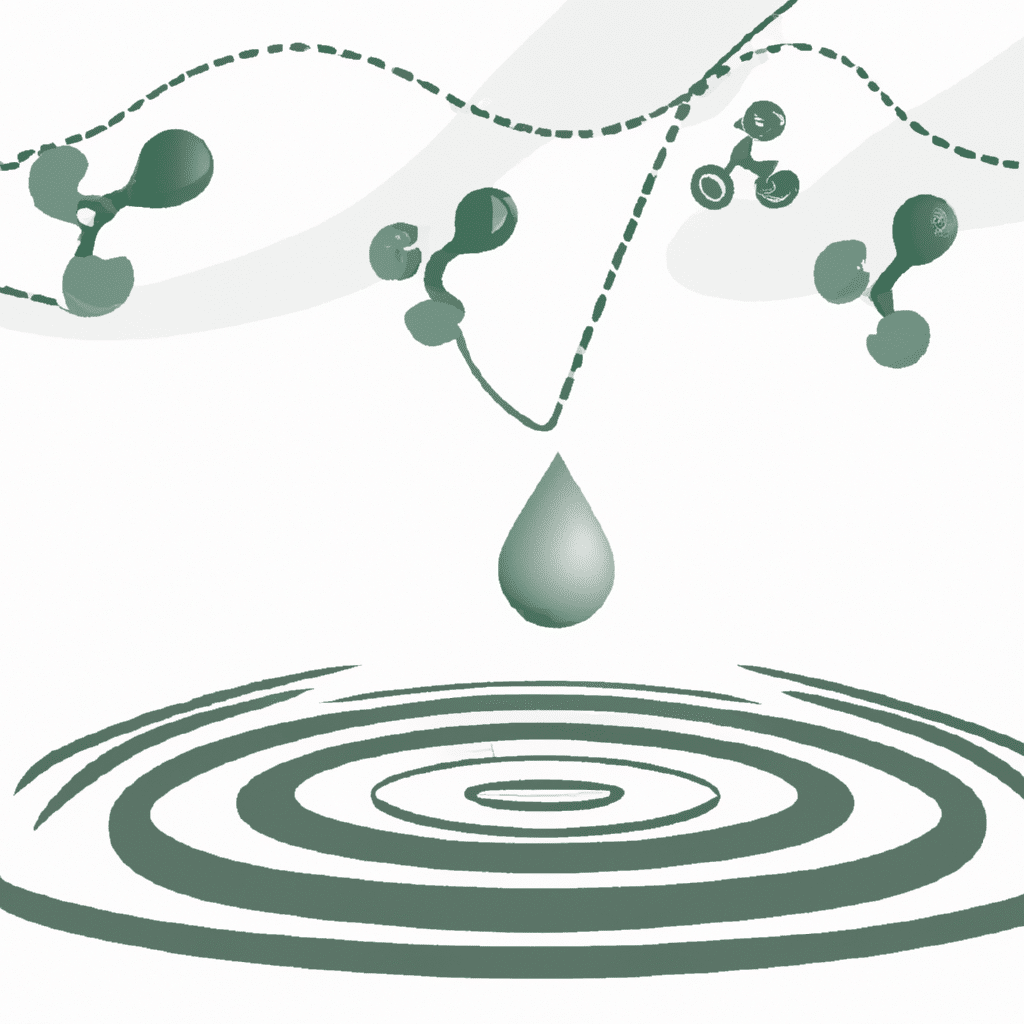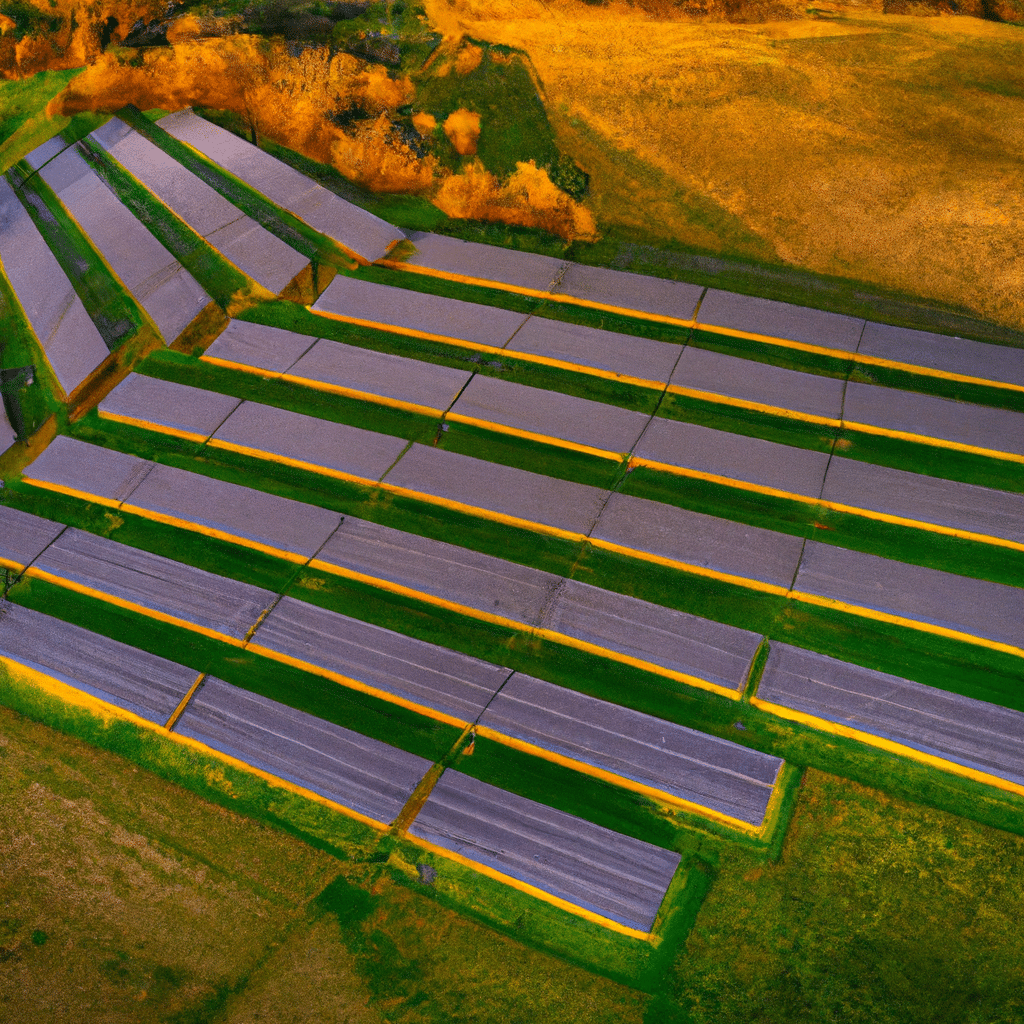In recent years, the agricultural industry has witnessed a remarkable transformation with the rise of robot farmers and the integration of automated machinery. These technological advancements have revolutionized traditional farming practices, bringing about increased efficiency, precision, and productivity. In this article, we will explore the various ways in which automated machinery is streamlining agricultural processes, leading to significant improvements in crop cultivation, livestock management, and overall farm operations.
The Evolution of Automated Machinery
Automated machinery has come a long way since its inception, with continuous technological advancements shaping its capabilities and functionalities. From basic mechanization to sophisticated robotic systems, the evolution of automated machinery has paved the way for efficient and sustainable farming practices.
1. Precision Farming and Crop Cultivation
Precision farming has emerged as a key aspect of modern agriculture, enabling farmers to optimize their crop yield while minimizing resources and environmental impact. Automated machinery equipped with advanced sensors, GPS technology, and data analytics has revolutionized the way crops are cultivated.
With precise mapping and analysis of soil conditions, automated machinery can accurately apply fertilizers, pesticides, and irrigation, ensuring that each plant receives the necessary nutrients and water. This targeted approach not only enhances crop quality but also reduces waste and environmental contamination.
2. Robotic Harvesting and Sorting
Traditionally, the harvesting and sorting of crops have been labor-intensive and time-consuming processes. However, the introduction of robotic systems has revolutionized these practices, offering increased efficiency and speed.
Robotic harvesters are equipped with advanced vision systems that can identify ripe fruits or vegetables and carefully harvest them without causing damage. These machines can work tirelessly, day and night, ensuring a swift and efficient harvest. Moreover, robotic sorting systems can accurately categorize and package the harvested produce based on size, color, and quality, streamlining the post-harvest operations.
3. Livestock Management and Monitoring
Automated machinery is not limited to crop cultivation; it has also found its way into livestock management. Intelligent systems and sensors are being utilized to monitor the health, behavior, and performance of livestock, improving overall animal welfare and farm productivity.
Robotic milkers have revolutionized the dairy industry by automating the milking process. These machines can efficiently and hygienically milk cows, reducing the labor required while ensuring consistent milk quality. Furthermore, automated feeding systems can accurately dispense feed based on individual animal requirements, optimizing nutrition and minimizing waste.
4. Drone Technology in Agriculture
Drones have become an integral part of modern agriculture, providing farmers with valuable insights and data for decision-making. Equipped with high-resolution cameras and sensors, drones can capture aerial imagery, precisely monitor crop health, and detect potential issues such as pest infestations or nutrient deficiencies.
The data collected by drones can be processed using advanced analytics tools to generate detailed crop maps, yield predictions, and customized recommendations for optimal crop management. This technology allows farmers to take proactive measures, resulting in higher crop yields and improved resource allocation.
5. Autonomous Farming Machinery
The advent of autonomous farming machinery has brought about a paradigm shift in agricultural practices. These self-driving machines, such as autonomous tractors or sprayers, can operate without human intervention, following pre-programmed routes and executing tasks with precision.
By eliminating the need for manual labor, autonomous machinery reduces human error and increases operational efficiency. These machines can work continuously, even during unfavorable weather conditions, thereby maximizing productivity and minimizing downtime.
Conclusion
The rise of robot farmers and automated machinery has transformed the agricultural landscape, offering immense potential for increased productivity, sustainability, and profitability. Through precision farming, robotic harvesting, livestock management, drone technology, and autonomous machinery, farmers now have access to powerful tools that streamline their operations and optimize resource utilization.
As we continue to embrace these technological advancements, it is crucial to ensure that their implementation is sustainable and responsible. Balancing the benefits of automation with environmental considerations and the well-being of rural communities is essential for the long-term success of automated agriculture.
In conclusion, the integration of automated machinery in agriculture is propelling the industry forward, enabling farmers to meet the growing demands of a rapidly expanding global population while minimizing environmental impact. By embracing these innovations and continuously pushing the boundaries of agricultural technology, we can pave the way for a more efficient, sustainable, and resilient farming future.



